Op-Ed: Asian enough
Popular East Asia media overshadowing Southeast Asia representation. Compared to East Asia, Southeast Asia is a mere sapling.
Everyone was talking about the latest movie with a full Asian cast, “Crazy Rich Asians.” It was a rare occasion where the entirety of our hermit Vietnamese families went out and watched it together at the theaters. Squished in one aisle, we vividly remember the overwhelming feeling of pride seeing so many Asian faces on the big theater screen. The film was one of the first forms of Asian representation that blew up in Western media, and it was revolutionary for the Asian community. It seemed perfect.
However, it wasn’t representative of the entire Asian demographic. “Asian” is an umbrella term with depth, and “Crazy Rich Asians” only touched its shallow surface. The entirety of the film depicted East Asian characters, but when the movie did show other Asians, they were depicted as servants. Disappointingly, some of the East Asian characters were played by a Southeast Asian actor/actress, like Henry Golding’s Iban-Malaysian background.

This reflects in Asian media popularized in America; the majority of popular Asian media depict East Asians, making “Asian representation” sadly centered around them.
During the Asian American Movement in the 1960s, the largest Asian ethnic groups (specifically, Chinese, Japanese and Filipino communities), immigrated to America. A few years later, a large group of Southeast Asian refugees immigrated in the 1970s. The preexisting “Model Minority” stereotype was representative of the first Asian American group and created a distinct difference between them and the new population of Southeast Asians. Consequently, they were forced to navigate between the stereotype and being viewed as delinquents and gangsters.
The preexisting group of Filipino Americans and the influx of Southeast Asian refugees expressed their invisibility as part of the Asian American umbrella group and were vocal for change within the community. Despite their efforts, Southeast Asian narratives have continued to be concealed by East Asian experiences since then, especially with the rise of East Asian-centered media.

Jungle Asian vs. Fancy Asian. We were never categorized under the label “Fancy Asian” because “Fancy Asians” meant being from developed East Asian countries with pale, snow-colored skin and small, delicate features. “Jungle Asians” are from Southeast Asian countries, stereotyped for their broader features, and tanner skin. From the start, labels should not have existed, but they have continued to be debated and reinforced since.
Just as damaging as the category “Jungle Asian” is, the term “Asian baby girl”(ABG) stems from a troubled history that reflects more harm than good. The term was originally used to describe Southeast Asian women in diasporas that were affiliated with criminal activity and gang affiliations. Bafflingly, the term evolved and is now used to describe Southeast Asian women with bleached hair, lash extensions and a boba obsession, sometimes in a derogatory way.
Contrarily, “Fancy Asians” are seen as the newest fashion and beauty inspiration, with East Asian douyin makeup and clothing trends being increasingly popular in social media. They are held as the Asian beauty standard, and their influence spreads to countries outside of East Asia. It made us sad to witness that our extended family in Vietnam would compliment us on our light tone and compare us to Korean models, thinking it was a harmless compliment.
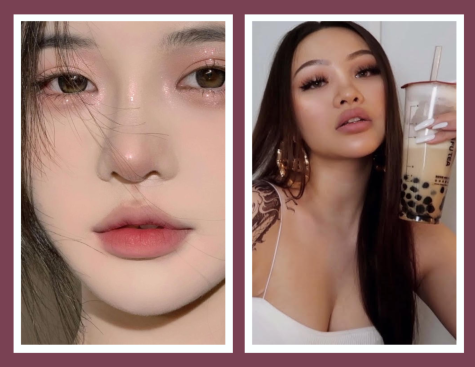
The spread of the East Asian beauty standard influences the image of Southeast Asians, eradicating any appreciation for the differences in their natural features. Southeast Asian ABGs did not abide by the East Asian beauty standard, and in turn, the term is now used in an insulting and joking manner. Before researching the historical context of the term, even we believed it was a harmless label.
Another huge factor in popular media that perpetuated the marginalization of Southeast Asians has been found in music, specifically Korean pop music. Otherwise known as K-Pop, the genre globalized successfully to America and the western industry since the early 2000s. Being the ultimate piece of East Asian culture that dominated in America, it leaves consequences for Southeast Asians as beauty standards shift.

Paler skin. Tall height. Skinny bodies. Innocent and feminine appearances. K-Pop idols reinforce these ideals, causing Southeast Asians to be classified as not “Asian enough” due to their naturally tanner skin tones and varying builds. When Southeast Asian K-Pop idols, such as Hanni from New Jeans (our Vietnamese pride), do meet the criteria, they are often perceived as East Asian, despite having a different lineage. Whereas, Lisa from Blackpink was considered an outlier because of her distinct Thai facial features.
It hurts to see that a Southeast Asian person’s beauty is determined by whether or not they fit within the East Asian beauty standards. Rather than claiming our own identity as Asians, the music videos and popular K-Pop idols on our phones are the ones who determine our labels.
Within the film industry, the feeling of invisibility has always been ingrained in the Asian community, though even more prominently for Southeast Asians. Movie roles were always made to cater to the “token smart Asian” stereotype like the character, Cho Chang, in the “Harry Potter” series. On the rare occasion that an Asian character was created with good intentions, they were centered around an idealized East Asian person who had either Chinese, Japanese, or Korean descent. In other words, the ethnicities that matched the “model minority” title in America. Thus, the domination of East Asians in the film industry has led to the overshadowing of other Asian ethnicities, limiting the representation of Asian culture to just East Asia.
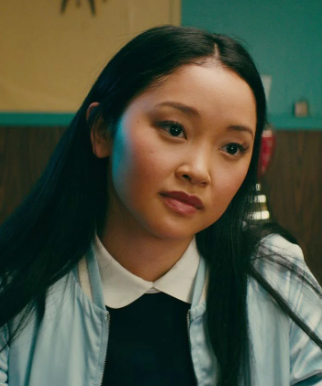
All Asians are East Asian. That is a primary misconception that has stemmed from inaccurate casting in the film industry. In the popular adaptation of “To All the Boys I Love Before,” the main character, Lara Jean, comes from Korean descent, however, Lana Condor, a Vietnamese actress, was chosen to fill this role. Similar to “Crazy Rich Asians,” a Southeast Asian actor/actress had been thrown under the East Asian label, in turn contributing to the idea that any Asian person could be considered East Asian if their appearance was “ideal” enough.
By limiting exposure to only East Asian culture on the screen, the cycle of oppression against Southeast Asians in America continues in silence. Being asked what “kind of Asian” we were growing up was something we could never seem to avoid, especially when meeting “curious” white people. They would always expect us to answer either Chinese or Japanese because to them there were only a handful of different Asian ethnicities. But to us, it only solidified the idea that our own Vietnamese blood would never be considered worth learning about, on-screen and off.
The different experiences of Southeast Asians and East Asians have opened up a crucial conversation about a broader range of inclusion and representation. To advance the conversation, the Southeast Asian community needs more firsts to amplify their voices and recognition, beginning with the film industry. The Western film industry casts individuals who are bound to make them money (Asians who fit the “ideal” mold), even if they don’t correctly represent the character they’re portraying. Seeing and learning about realistic representation in media is an effective way to appropriately communicate Southeast Asian identities and experiences, especially in a media-driven world.
“Asian representation” is not just East Asian representation. Not only must it include and explore Southeast Asian experiences and identities, but it must also correct the misconceptions due to the harmful rhetoric that “all Asians are East Asian.”
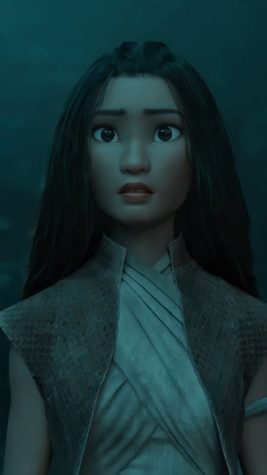
A debate about East Asian and Southeast Asian experiences may seem misguided. From an outsider’s perspective, it seems like an unnecessary minority-against-minority conversation. However, even minority communities share different identities and experiences within the broader community. In the latest year, we were gifted the animated film, “Raya and the Last Dragon,” which finally provided a voice for Southeast Asians. The film followed the first Southeast Asian princess, named Raya, and accurately depicted distinct components of Southeast Asian culture. From the banh tet (Vietnamese rice cakes) to the incorporation of different Southeast Asian languages, this animation symbolized the beginning of positive representation for our community. Despite this feat, acknowledgment is not enough. The majority of the cast included popular East Asian actors/actresses, such as Gemma Chan and Sandra Oh, which felt like a stab in the back for us.
Unlike popular EA films with a clear emphasis on the represented ethnicity, a first for the SEA community was merely a homogenous blend of their identities led by an East Asian cast.
Witnessing the firsts of Southeast Asian representation has been monumental for us. With recognition, society can march towards an inclusive direction. In a movie theater aisle with our family, seeing Vietnamese faces shown on the big screen would be the ultimate dream we share.
Your donation will support the student journalists of Carnegie Vanguard High School. Your contribution will allow us to cover our annual website hosting costs and fund field trips, competition fees, and equipment. We appreciate your support!

Bao is a senior at CVHS and a new staff writer for the Upstream News. She loves Studio Ghibli movies, such as Princess Mononoke and Kiki’s Delivery Service....

Nina Nguyen connects with the color orange on an emotional level and goes to a great extent to make it her whole personality. When it comes to music, Nina...

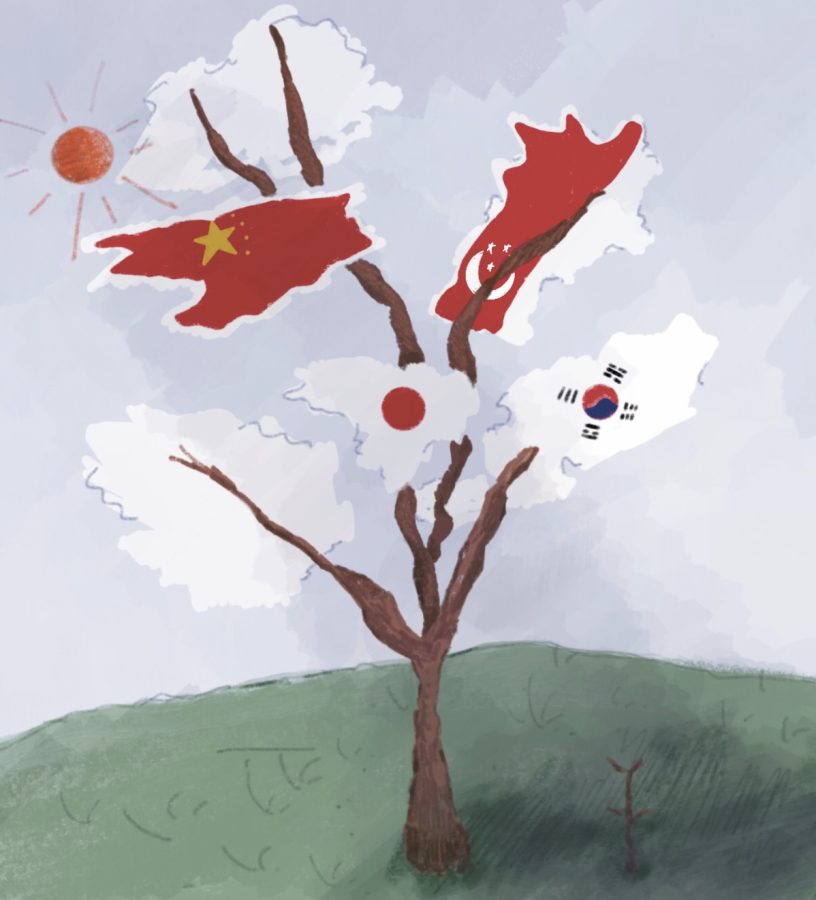
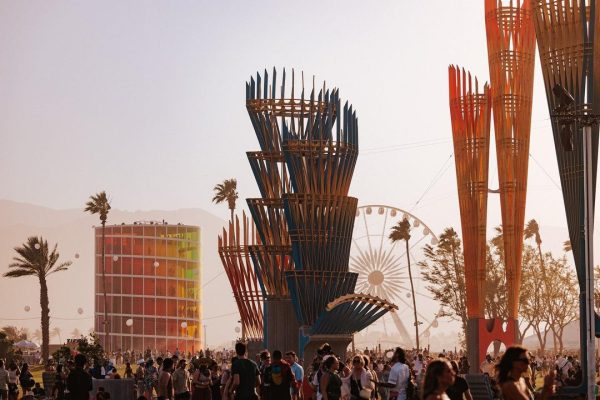

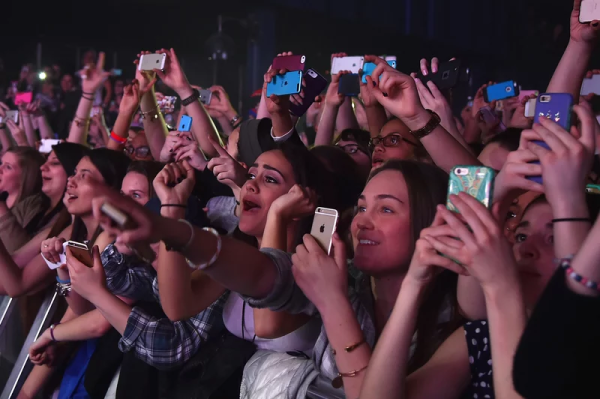




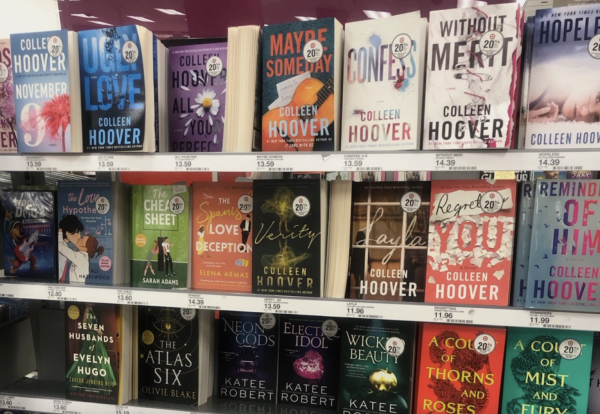


Rinn Wilson • Dec 13, 2022 at 10:12 am
I absolutely love the attention you brought to the subject, and the research is clearly thorough and well sourced. Everything flows in such a way that the reader understand it and your stance is fun to engage in! 🙂